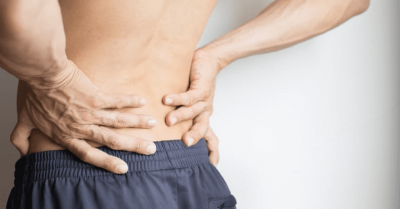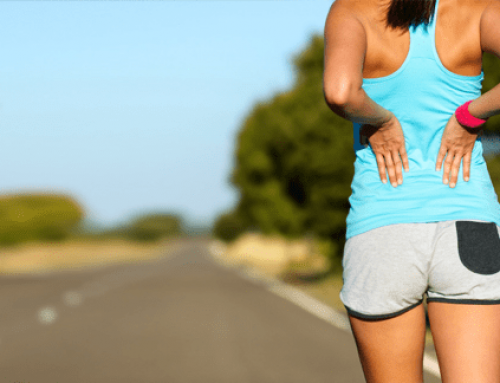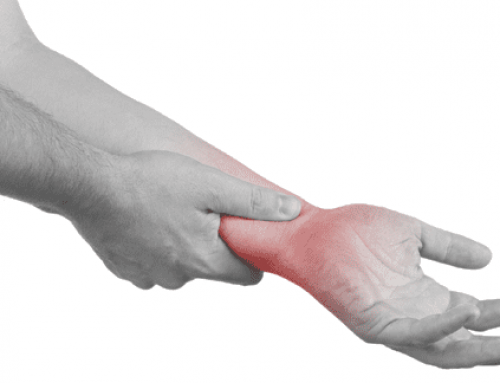 When people think of hip pain, they generally turn to hip-specific exercises as a self–help strategy. However, recent evidence shows there’s a correlation between poor core stability of the trunk and injury to the lower extremities, which includes the hips. In March 2018, Belgian researchers reviewed data from nine previously published studies with a focus on the importance of core stability and its relationship to lower extremity musculoskeletal injuries in a healthy athletic population. The investigators reported that core strength, core proprioception (balance), and neuromuscular control (coordination) of the core are directly linked to the likelihood of lower extremity injuries.
When people think of hip pain, they generally turn to hip-specific exercises as a self–help strategy. However, recent evidence shows there’s a correlation between poor core stability of the trunk and injury to the lower extremities, which includes the hips. In March 2018, Belgian researchers reviewed data from nine previously published studies with a focus on the importance of core stability and its relationship to lower extremity musculoskeletal injuries in a healthy athletic population. The investigators reported that core strength, core proprioception (balance), and neuromuscular control (coordination) of the core are directly linked to the likelihood of lower extremity injuries.
Let’s take a closer look at three specific core strengthening exercises that can be done relatively fast and are highly effective (you can view several demonstration videos on YouTube if you search for “stuart mcgill’s big-3 core exercises”).
1) The Curl-Up (abdominal strength): STEP 1 — Lie on your back, straighten your left leg, and bend your right leg, placing the right foot next to the left knee. STEP 2 — Tuck your hands under your low back to prop up the lumbar curve (so it does not flatten out). STEP 3 — Curl up by lifting your head, neck, and shoulders only a few inches off the floor (keep your chin tucked). STEP 4 — Hold for 7–8 seconds (or work up to this). STEP 5 — Slowly lower your trunk back to the ground. Repeat five times with the right leg bent and five times with the left leg bent, while keeping the opposite leg straight. This exercise helps reduce low back disk compression, which is significant when performing a conventional sit-up exercise.
2) The Bird-Dog (core, back, and gluts): STEP 1 — Kneel on all-fours (hands and knees). STEP 2 — Keeping your back flat, lift and straighten out the LEFT arm and RIGHT leg parallel to the floor. STEP 3 — To further activate the core muscles, draw a square with the arm and leg while bracing the abdominal muscles (firm up your abs, as if to brace for being punched in the stomach). STEP 4 — Return to the starting position and repeat on the opposite side (repeat STEP 3 again).
3) The Side-Bridge (obliques): STEP 1 — Lie on your side, elbow directly under your shoulder and bend your knees 90°. To increase the difficulty, keep the legs/knees straight. STEP 2 — Lift your hips off the ground so you are holding your weight with your elbow and knees (or feet). STEP 3 — Hold the “Up” position for as long as possible. STEP 4 — Repeat steps 1-3 on the opposite side.
Pro Rehab doctors of chiropractic are trained to evaluate the entire person from the feet up to the head to identify issues elsewhere in the body that may contribute to or even cause the patient’s chief complaint. For many patients, managing hip-related conditions may involve treatment to address issues in the core (as described in this article), the lower back, and even the feet or knees!







